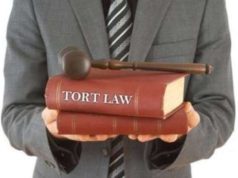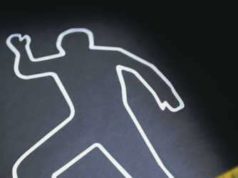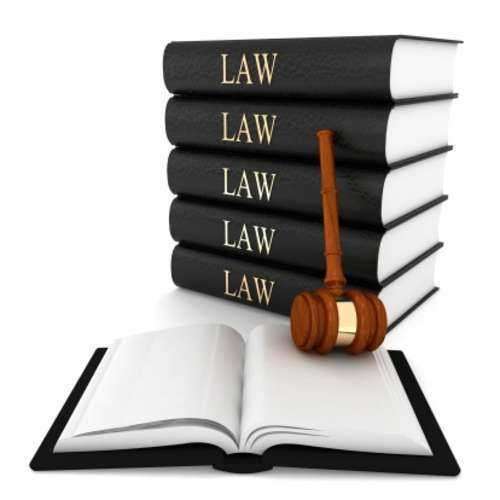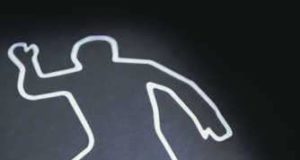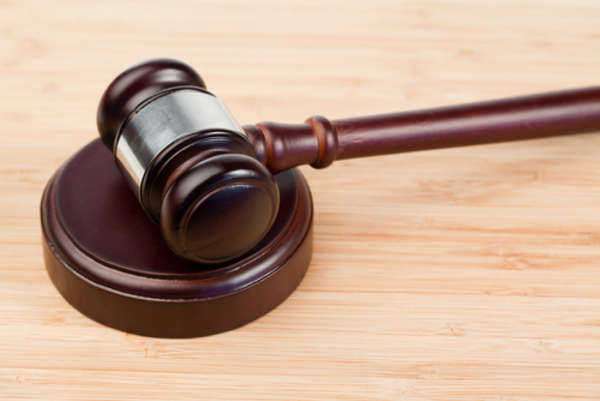
Negligence is a legal term that refers to a person’s failure to exercise reasonable care in a situation, resulting in harm or damage to another party. In legal cases, negligence must be proven by showing that four elements exist. In this article, we’ll explore each of these four elements in depth.
What is Negligence?
Negligence is the failure to act with the level of care and prudence that a reasonable person would have exercised in similar circumstances. When someone is negligent, they have breached a duty of care that they owed to another person, resulting in harm or damage.
The Four Elements of Negligence
There are four elements that must be proven in a negligence case. These elements are:
1. Duty of Care
The first element of negligence is duty of care. This refers to the legal obligation of an individual or entity to take reasonable care to not cause harm or injury to others. For example, a driver owes a duty of care to other drivers on the road, and a business owner owes a duty of care to their customers.
2. Breach of Duty
The second element of negligence is breach of duty. If an individual or entity did not meet the reasonable standard of care that was expected in a given situation, they may have breached their duty of care. For example, a driver who runs a red light has breached their duty of care to other drivers on the road.
3. Causation
The third element of negligence is causation. This refers to the link between the breach of duty and the resulting harm or injury. In legal terms, it means that the breach of duty directly caused the harm or injury to the plaintiff. For example, if a driver who was texting caused an accident, their texting caused the accident and resulting harm.
4. Damages
The fourth and final element of negligence is damages. This means that the plaintiff suffered harm or damage as a result of the breach of duty. Damages can be physical, emotional, or financial. For example, a plaintiff who was injured in a car accident suffered physical damages, such as broken bones or whiplash.
Negligence and Legal Liability
Once the four elements of negligence are proven, legal liability is established, and the plaintiff may be entitled to compensation for damages. Negligence can occur in a variety of situations, including car accidents, medical malpractice cases, and slip and fall accidents.
Conclusion
Negligence is a legal concept that refers to a situation where an individual or entity did not take reasonable care, resulting in harm or damage to another person. To prove negligence in a legal case, all four elements of negligence must be present. Understanding these elements is crucial in identifying instances of negligence and seeking compensation for damages.
WHAT IS NEGLIGENCE?
Negligence refers to a cause of action where a plaintiff may assert a civil tort case against a defendant. In order to meet a prima facie (on its face) case for negligence a plaintiff must definitively prove the following four elements:
That there was a duty on the part of the defendant to conform to a certain standard of conduct.
That that defendant breached that duty
The breach of duty was, not only the actual cause, but the proximate cause of injury
There are damages
WHAT IS THE STANDARD OF CARE
The standard of care that is used in negligence cases is that of the reasonably prudent person. It is an objective view. In other words the question is not whether the defendant thought he/she was acting reasonably but whether an ordinary person on the street would have deemed that reasonable.
The standard of care, for negligence actions, is not concerned with mental deficiencies. According to tort law incompetence is not an excuse. An individual with an IQ well below average is held to the standard of the reasonably prudent person for a normal IQ. Physical deficiencies take on a different standard though. Physical attributes and deficiencies are measured by the reasonably prudent person with that condition. Someone who is blind will be measured against the reasonably prudent blind person. A person who is a master rifleman will be measured against the reasonably prudent person with the same skills, eyesight, etc. as a master rifleman.
There are supplemental standards of care that are frequently used in negligence actions. These include children, common carriers (innkeepers, airlines, etc.), and professionals.
WHAT IS THE DIFFERENCE BETWEEN ACTUAL AND PROXIMATE CAUSE?
In a negligence action the plaintiff should find that finding (1) duty; (2) breach of duty; and (3) damages are straightforward. The question that remains is: what is the difference between actual and proximate cause?
In a negligence action suit, the plaintiff must definitively prove that the defendant was both the proximate and actual cause of the injury. The definition of actual cause is that “if not for the action by defendant the injury would not have occurred.” It is easier to think of this as the “But for” test. “But for Dana leaving her skateboard on the steps Peter would not have slipped on it and broken his leg.” Here the leaving of the skateboard on the steps was the actual cause of Peter’s injury.
Not only does the negligent actions by the defendant need to meet the “but for” test for actual cause but it must also be the proximate cause, also known as legal causation. In order for the proximate cause prong to be met the defendant’s actions must have been reasonably foreseeable. Courts are reluctant to find a defendant guilty of negligence when his actions, even though they were the actual cause, were interrupted by superseding, unforeseeable actions. For example, if Dana did not properly inspect her vehicle on a timely basis and failed to notice the brakes were worn she would be negligent if she hit another vehicle because of the faulty brakes. However, if a bolt of lightning caused Dana’s car to accelerate into another vehicle she would not be found negligent. This is because, even though, she was negligent in maintaining the brakes the lightning bolt was an unforeseeable intervening cause.
If a Plaintiff has met the aforementioned elements of a prima facie case then a suit in negligence may be successful.




